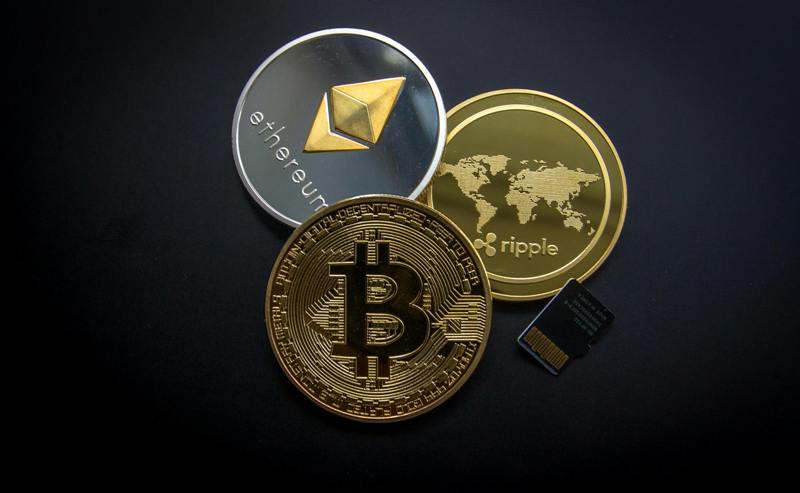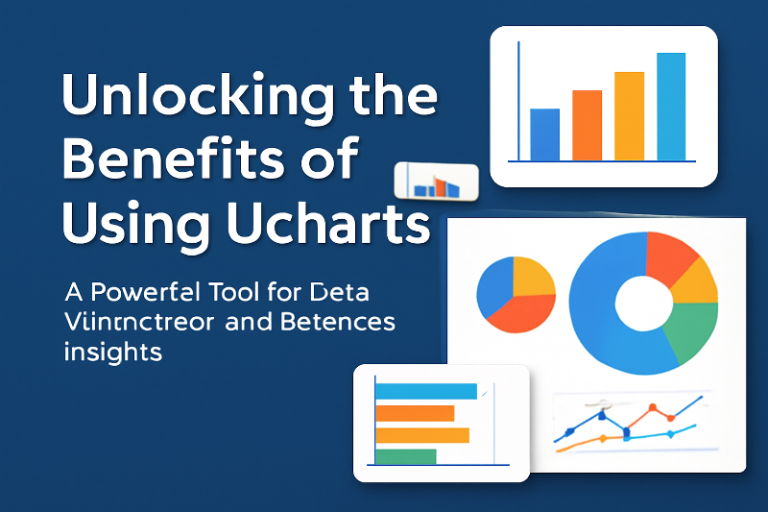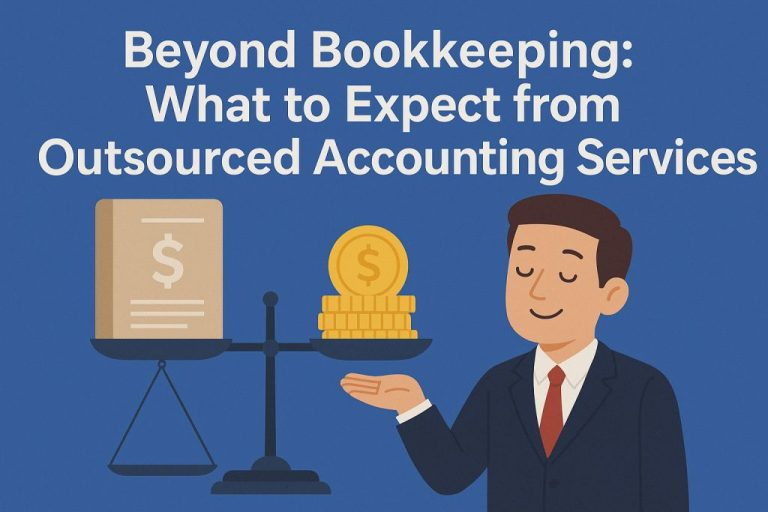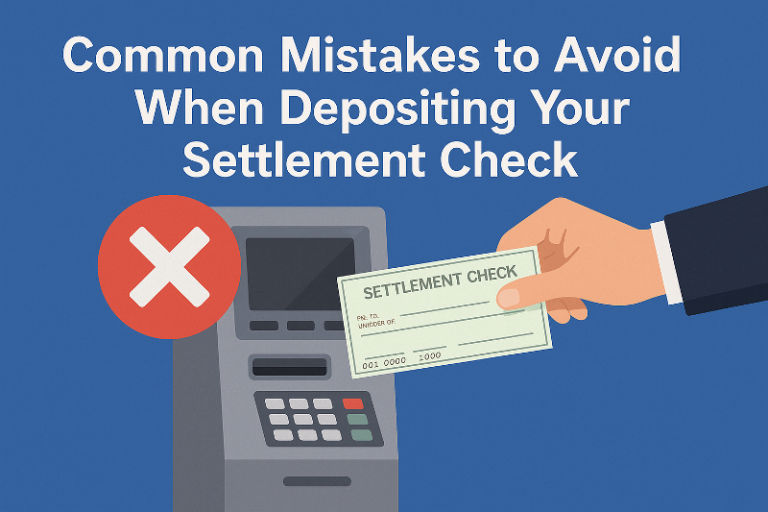Bitcoin, Ethereum, XRP, Crypto News and Price Data: A Complete Guide
Digital currencies have evolved from niche technology experiments into mainstream financial assets. Among the thousands of cryptocurrencies available today, Bitcoin, Ethereum, and XRP stand as the most prominent. These three represent different use cases — Bitcoin as a digital store of value, Ethereum as a platform for decentralized applications, and XRP as a tool for cross-border payments. Alongside them, crypto news and price data provide the information backbone for traders, investors, and businesses.
This guide explores each of these entities in detail, along with their related sub-entities, to give readers a clear understanding of how they function individually and how they connect to the broader digital asset ecosystem.
What is Bitcoin?
Bitcoin is the original cryptocurrency, launched in 2009, and remains the most valuable by market capitalization. It was created to allow secure peer-to-peer transactions without the need for intermediaries such as banks. Its decentralized nature, scarcity, and transparent blockchain system have made it a global digital asset often referred to as “digital gold.”
Blockchain
Bitcoin transactions are recorded on a blockchain, which is a public ledger. Each block in the chain contains transaction records validated by network participants, ensuring immutability and security. This prevents fraud and makes the system resistant to tampering.
Mining
Mining is the process where individuals and organizations use computing power to verify transactions. Miners are rewarded with newly minted Bitcoin, which is how new coins enter circulation. This process also ensures that the system remains decentralized and resistant to control by a single party.
Halving
Approximately every four years, Bitcoin undergoes a halving event where the block reward given to miners is reduced by half. This built-in scarcity mechanism slows down the rate of new supply, often influencing market demand and price behavior.
Price Volatility
Bitcoin’s price is well-known for its dramatic fluctuations. Global regulations, adoption rates, economic conditions, and investor speculation all contribute to sudden rises and falls, making it appealing to traders but risky for conservative investors.
Institutional Adoption
Major corporations and financial institutions have begun to hold Bitcoin as part of their investment portfolios. Companies like MicroStrategy and Tesla have invested heavily, increasing the currency’s legitimacy and encouraging broader adoption.
What is Ethereum?
Ethereum, introduced in 2015 by Vitalik Buterin, expanded blockchain use cases beyond peer-to-peer payments. It allows developers to build decentralized applications (dApps) that can run on its blockchain, making it a core infrastructure for Web3 innovation.
Smart Contracts
Smart contracts are self-executing pieces of code stored on the Ethereum blockchain. They automatically carry out agreements without intermediaries. This has enabled applications across industries such as lending, insurance, and gaming.
Ethereum Virtual Machine (EVM)
The EVM is the execution layer of Ethereum. It allows developers to deploy decentralized applications universally. The EVM ensures compatibility, making Ethereum the backbone of most dApp development worldwide.
ETH 2.0 (Proof of Stake)
Ethereum’s upgrade from Proof of Work to Proof of Stake has drastically improved energy efficiency. Validators now secure the network by staking ETH instead of competing with computational power. This shift also enhances scalability and lowers energy consumption.
Gas Fees
Gas fees are the transaction costs paid in Ethereum for executing operations on the network. These fees fluctuate based on network demand and congestion, often becoming a challenge for small users. Layer 2 solutions aim to address this scalability issue.
DeFi Ecosystem
Ethereum is the hub of Decentralized Finance (DeFi), powering exchanges, lending platforms, and liquidity pools. Protocols like Uniswap and Aave highlight how Ethereum allows financial systems to function without traditional banks.
What is XRP?
XRP is the digital asset associated with Ripple Labs. It was designed to solve inefficiencies in cross-border payments by offering faster, cheaper, and scalable transaction solutions. Unlike Bitcoin, XRP is not mined but pre-issued, with Ripple overseeing distribution.
RippleNet
RippleNet is Ripple’s global payment network that allows banks and financial institutions to process cross-border transactions. It offers faster settlement compared to older systems like SWIFT.
Liquidity Hub
Liquidity Hub is a service offered by Ripple that helps businesses access cryptocurrency liquidity for operations. By pooling digital assets, it allows firms to transact efficiently across multiple platforms.
SEC Case
Ripple has been in a long-standing legal battle with the U.S. Securities and Exchange Commission, which argues whether XRP should be classified as a security. The outcome of this case will have significant effects on the future of crypto regulations in the U.S.
On-Demand Liquidity (ODL)
ODL uses XRP as a bridge currency to facilitate real-time, international transactions. This eliminates the need for banks to hold pre-funded accounts, reducing both costs and time.
Banking Partnerships
Ripple has formed partnerships with major banks and payment providers worldwide. By integrating Ripple’s payment technology, these institutions enhance transaction efficiency, especially in developing financial markets.
What is Crypto News?
Crypto news covers everything from regulations and new projects to price updates and exchange developments. In a rapidly moving industry, news acts as the primary driver of investor confidence and sentiment.
Regulations
Changes in government policies and legal frameworks directly impact crypto adoption. Announcements on taxation, bans, or support for digital assets can cause significant price movements across all cryptocurrencies.
Market Trends
Trends such as the growth of NFTs, the popularity of decentralized finance, or new layer-2 scaling solutions frequently dominate headlines. Understanding these helps investors align strategies with market directions.
Exchange Developments
Major cryptocurrency exchanges constantly evolve by adding new tokens, security measures, or partnerships. Updates from platforms like Binance or Coinbase are closely followed by traders.
Security Incidents
The crypto sector has been prone to hacking and fraud. Breaches in exchanges or wallets can result in billions lost and negatively affect public trust in digital assets.
Enterprise Adoption
When companies announce that they are accepting cryptocurrency or using blockchain technology, it often boosts market confidence. Such adoption stories also highlight the growing utility of digital currencies in real-world scenarios.
What is Price Data?
Price data includes all information related to the value and performance of cryptocurrencies in real time and historically. Traders and analysts rely on this data to make strategic investment choices.
Technical Analysis
This involves studying past price movements and chart patterns to predict future market behavior. Indicators like RSI, MACD, and Fibonacci retracements are commonly used.
Market Capitalization
Market cap is calculated by multiplying the current price of a cryptocurrency by its circulating supply. It shows the overall market value of a coin and helps compare its dominance with others.
Trading Volume
Trading volume represents the amount of an asset exchanged within a specific time frame. High trading volume reflects strong market interest and liquidity, while low volume may indicate weak demand.
Price Predictions
Analysts and forecasting platforms create price predictions using historical performance, market cycles, and external events. While predictions are speculative, they provide insights for traders.
Sentiment Analytics
Using natural language processing and AI, sentiment analysis measures public mood from news platforms, forums, and social media. Positive or negative sentiment often correlates with short-term price shifts.
Entity Comparison Table: Bitcoin vs Ethereum vs XRP
| Feature | Bitcoin | Ethereum | XRP |
|---|---|---|---|
| Launch Year | 2009 | 2015 | 2012 |
| Creator | Satoshi Nakamoto | Vitalik Buterin | Ripple Labs |
| Consensus Mechanism | Proof of Work | Proof of Stake | Ripple Consensus Protocol |
| Supply Cap | 21 Million | No Cap | 100 Billion (Pre-issued) |
| Main Use | Store of Value | Smart Contracts & dApps | Cross-Border Payments |
| Transaction Speed | ~10 minutes | 15–30 seconds | 3–5 seconds |
| Institutional Adoption | High | Expanding | Strong with Banks |
| Market Role | Digital Gold | Programmable Blockchain | Global Payments |
Conclusion
Bitcoin, Ethereum, and XRP continue to shape the landscape of digital finance. Bitcoin stands as a secure, scarce store of value. Ethereum serves as a versatile platform powering decentralized finance and applications. XRP focuses on bridging the gap between traditional banking and blockchain through cross-border payments. Combined with constant updates from crypto news and detailed price data, these entities provide a complete view of the cryptocurrency world. Understanding their roles and interconnections is crucial for anyone looking to navigate this evolving digital economy.
FAQs
1. Why is Bitcoin referred to as digital gold?
Because of its limited supply and decentralized nature, Bitcoin is often seen as a hedge against inflation, similar to physical gold.
2. How is Ethereum different from Bitcoin?
Ethereum is programmable, allowing smart contracts and decentralized apps, while Bitcoin mainly functions as a store of value and medium of exchange.
3. What makes XRP appealing to banks?
XRP allows near-instant, low-cost cross-border payments, making it an efficient alternative to the SWIFT system.
4. Why is crypto news important for traders?
News drives investor sentiment, which can trigger sudden market shifts, influencing short-term and long-term prices.
5. Can cryptocurrency price predictions be trusted?
Predictions provide insight but are not guarantees. The crypto market’s volatility means forecasts should be used cautiously.







